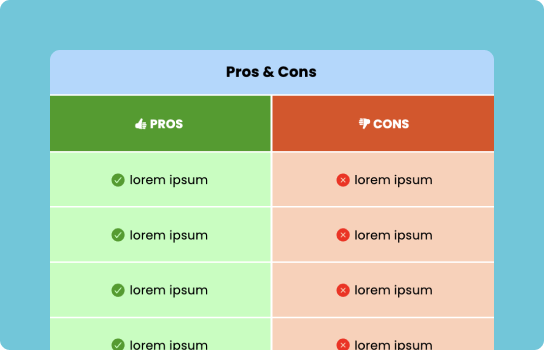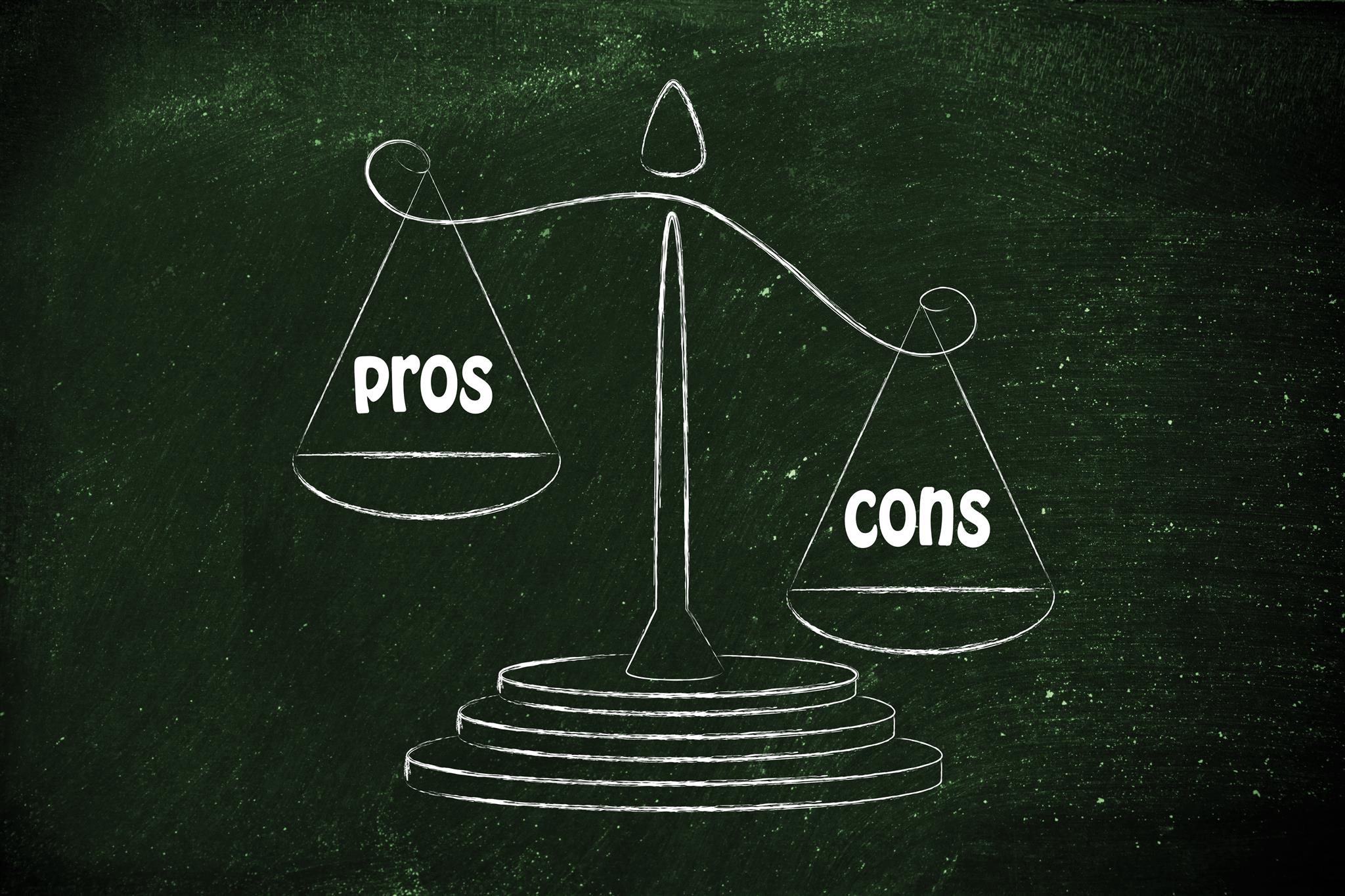Pros And Cons Of Jigglin George

The recent emergence of Jigglin George, an AI-powered animation character designed for children's educational content, has sparked considerable debate. While proponents tout its potential to revolutionize learning, critics raise concerns about its pedagogical effectiveness and potential impact on child development.
At the heart of the discussion lies the question: Is Jigglin George a beneficial educational tool or a distracting novelty? This article explores the pros and cons of Jigglin George, examining its features, potential benefits, and potential drawbacks for young learners.
Pros of Jigglin George
One of the primary arguments in favor of Jigglin George is its ability to capture and maintain children's attention. The character's vibrant colors, engaging animations, and catchy songs are designed to make learning fun and accessible.
This increased engagement can be particularly beneficial for children who struggle with traditional learning methods. Interactive elements integrated into the animations, such as quizzes and games, encourage active participation and reinforce learning concepts.
Furthermore, supporters emphasize the potential of Jigglin George to personalize the learning experience. The AI algorithms can adapt the content to each child's individual learning pace and style, providing customized lessons and challenges.
According to statements released by EduAI, the company behind Jigglin George, the platform collects anonymized data on user progress to continuously improve its adaptive learning algorithms.
The accessibility of Jigglin George is another key advantage. Available on various platforms, including tablets and smartphones, it can reach children regardless of their location or socioeconomic background.
This accessibility is particularly important in underserved communities where access to quality educational resources may be limited. Some educational experts believe that Jigglin George can help bridge the educational gap and provide equal opportunities for all children.
Cons of Jigglin George
Despite its potential benefits, Jigglin George has also faced criticism from educators and child psychologists. A primary concern revolves around the potential for over-stimulation and distraction.
Critics argue that the character's constant movement and bright colors may overwhelm young children, hindering their ability to focus on the educational content. Some educators worry that excessive screen time and reliance on animated characters can negatively impact children's attention spans and cognitive development.
Another concern is the potential for Jigglin George to replace traditional forms of learning, such as reading books and interacting with teachers. Some experts argue that real-world experiences and human interaction are essential for developing social and emotional skills.
Dr. Anya Sharma, a child development specialist, cautions against relying solely on digital educational tools. "While technology can enhance learning, it should not replace the crucial role of teachers and parents in guiding and nurturing children's development," she stated in a recent interview.
Data privacy is also a significant concern. The collection and use of children's data, even if anonymized, raise ethical questions about data security and potential misuse. Parents and privacy advocates are urging EduAI to be transparent about its data collection practices and to implement robust security measures to protect children's privacy.
The effectiveness of Jigglin George in promoting long-term learning is another area of debate. Some studies suggest that children may retain information learned through interactive animations in the short term, but the long-term impact on knowledge retention and academic performance remains unclear.
Expert Opinions and Research
Research on the impact of AI-powered educational tools is still in its early stages. Preliminary studies have yielded mixed results, with some showing positive effects on engagement and learning outcomes, while others highlight potential drawbacks such as attention deficits and reduced creativity.
A study published in the Journal of Educational Technology found that children who used Jigglin George for 30 minutes per day showed a slight improvement in vocabulary scores compared to a control group. However, the study also noted a decrease in children's engagement with other learning activities.
The National Association for the Education of Young Children (NAEYC) has issued guidelines for the use of technology in early childhood education, emphasizing the importance of balancing screen time with other activities and ensuring that technology is used in a developmentally appropriate manner.
NAEYC's guidelines encourage educators and parents to carefully evaluate the educational value of digital tools and to prioritize activities that promote social interaction, creativity, and critical thinking.
Conclusion
Jigglin George represents a new frontier in educational technology, offering both exciting possibilities and potential challenges. While its engaging animations and personalized learning features have the potential to enhance children's learning experiences, concerns about over-stimulation, data privacy, and the replacement of traditional learning methods must be carefully addressed.
Ultimately, the success of Jigglin George as an educational tool will depend on its responsible implementation and integration into a balanced learning environment. Parents, educators, and policymakers must work together to ensure that technology is used to enhance, not hinder, children's development and well-being.
Further research and ongoing evaluation are needed to fully understand the long-term impact of Jigglin George and similar AI-powered educational tools on children's learning and development. As technology continues to evolve, it is crucial to prioritize the needs and well-being of young learners above all else.
















